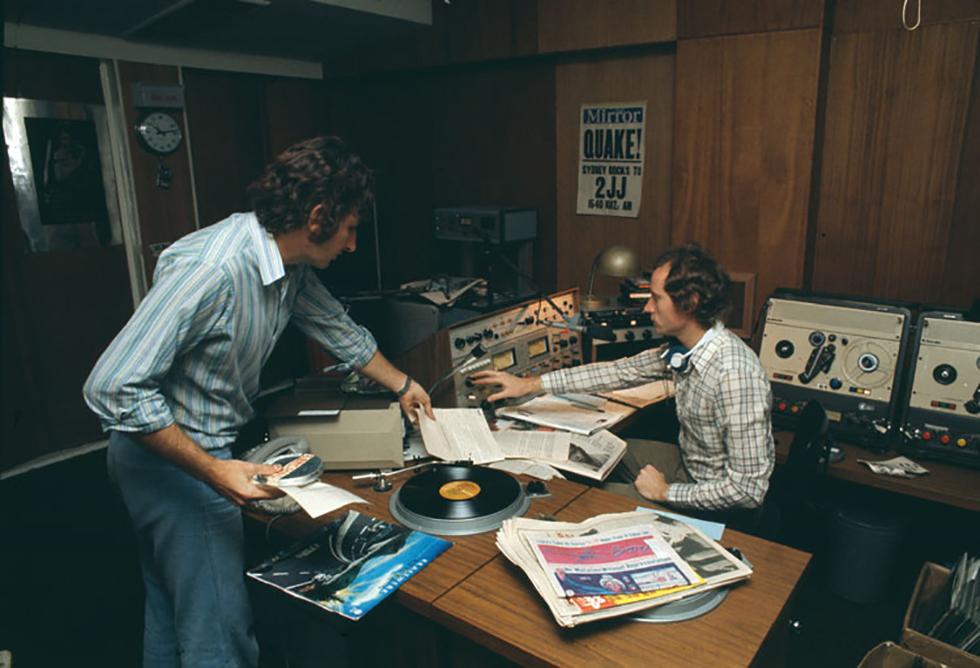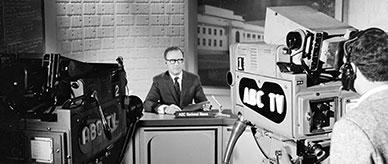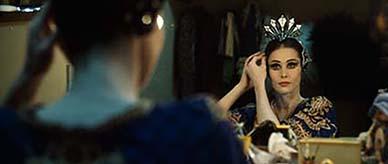


About this record
This is a photograph taken in January 1975. It shows the ABC's first 24-hour-a-day rock station 2JJ with Iven Walker at the controls and news journalist Lee Duffield.
Educational value
- Records the lead-up to the opening of the radio station 2JJ – at 11.00 am on Sunday 19 January 1975; Double J began broadcasting from 'The Bunker', Studio 206 in the basement of the old ABC building in Forbes Street, Darlinghurst, a former bomb shelter, and in 1980 2JJ joined the new FM band becoming triple j; the name JJ was reputedly chosen because it is easy to say, rather than being a reference to marijuana and joints, as was suggested by many.
- Illustrates the beginning of a new, groundbreaking era in radio – 2JJ played music no other stations were playing, accepting tapes sent in by the audience and taking the recording van out to hotels every Friday night to record bands; the station ran 24 hours a day with a blend of satire, broad popular culture, and live rock-and-roll.
- Shows the early days at the new, revolutionary station – 2JJ arrived with a song that had been banned by the commercial stations, Skyhooks' 'You Just Like Me 'Cause I'm Good In Bed' and the second song played was the Rolling Stones' 'Sympathy for the Devil'.
- Shows a station established by the interplay of ratings and politics – the ABC was afraid of losing listeners and wanted to appeal to a younger audience and to broaden its listener base by appealing to the large number of baby boomers (people born between 1946 and 1961) who were beginning to make their presence and tastes felt; Gough Whitlam's Labor government saw the granting of a licence to a youth-style radio station in Sydney as a way to attract young voters.
- Shows the relatively simple and now partly obsolete equipment of the time – especially prominent are the mixer, reel-to-reel tape recorders and the long-playing vinyl records (LPs); there are two turntables, one of which is covered by a newspaper; in the bottom right-hand corner are cardboard boxes containing records in their sleeves that it is said were used at the top forties stations to provide easy programming by playing these records over and over in the order that they came out of the cardboard box.
Acknowledgments
Learning resource text © Education Services Australia Limited and the National Archives of Australia 2010.
Related themes
Need help with your research?
Learn how to interpret primary sources, use our collection and more.



